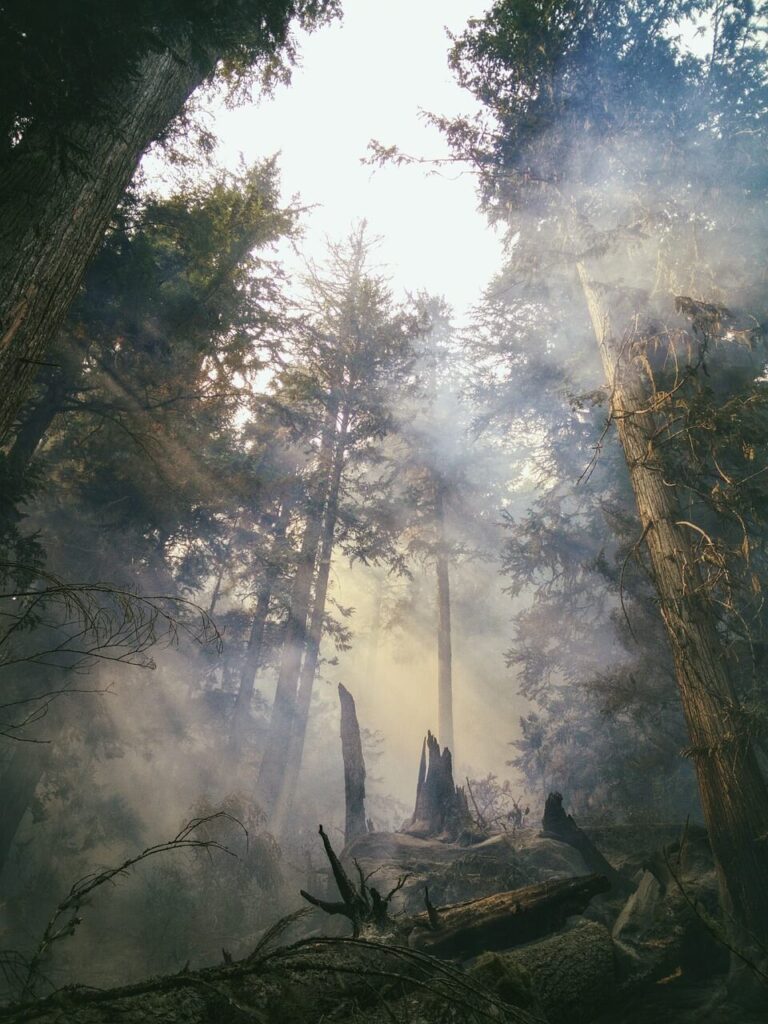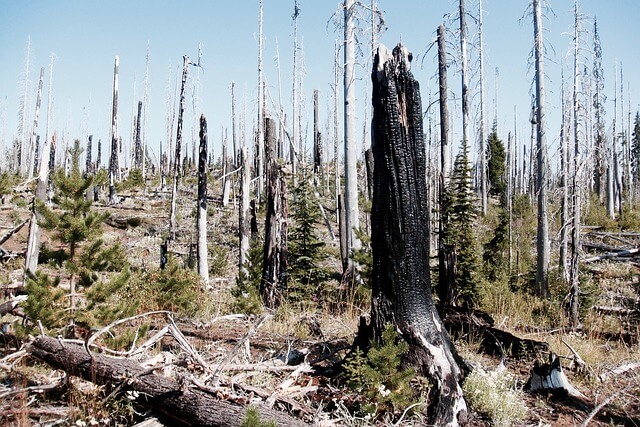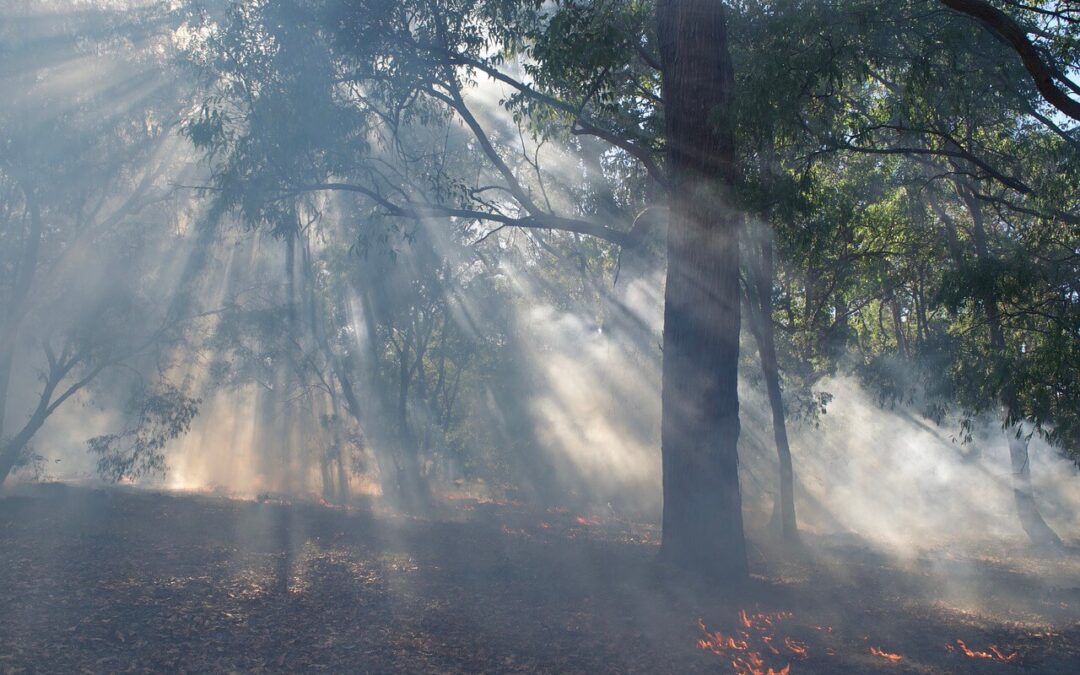Today, The Working Forest invites you to dive into Canadian wildfires and uncover the truth behind their origins, current status, and common misconceptions. Explore the vital role of firefighters in combating these fires and learn how climate disinformation and misinformation can impact their efforts.
We’ll debunk conspiracy theories surrounding recent wildfires while shedding light on effective land management practices and government efforts to combat active wildfires. Additionally, we’ll discuss the crucial role of firefighters in tackling these fires and investigate any potential cases of arson. Let’s separate fact from fiction and gain a deeper understanding of the climate action and the devastating forest fires events that shape our environment. Let’s debunk climate disinformation and misinformation.
Canada’s Long History of Wildfires
Canada has a long and storied history of wildfires. These forest fires, also known as wildfires, have been a part of the country’s landscape for centuries, with both natural causes and human factors such as arson contributing to their occurrence. Fire prevention is crucial in mitigating the impact of wildfire smoke on communities.
In the past, Indigenous land management practices played a significant role in shaping forest fire regimes in Canada, particularly in preventing arson. These practices were essential for maintaining the delicate balance of climate and minimizing the risks of wildfires. Through controlled burns, Indigenous communities effectively managed the land, preventing the build-up of fuel that could lead to severe wildfires.
However, with the arrival of European settlers came changes in land management and climate that disrupted these natural fire cycles, leading to an increase in arson-related fires. As settlements expanded across the country, forests were cleared for agriculture and urban development, which contributed to climate change. In recent years, the increase in fires has led to a significant amount of smoke in the air.
This alteration of the landscape resulted in a reduction of natural fire breaks, which has had a significant impact on climate and air quality. Additionally, it has led to an increase in available fuel for fires, exacerbating the issue. Moreover, there is a concerning rise in disinformation surrounding these topics.
Combined with factors such as climate change, poor air quality, theories on disinformation, hot weather, drought conditions, lightning strikes, and human activities like careless campfires or discarded cigarettes, these changes led to more intense and widespread wildfires.

Canada’s modern wildfire starters
In recent years, Canada has experienced an escalation in fires, which have had a detrimental impact on the climate and air quality. Additionally, there has been a rise in disinformation surrounding these fires.
Severe drought conditions have significantly impacted the climate this year, creating ideal conditions for forest fires to ignite and spread rapidly. These fires not only pose a threat to our air quality, but also to the surrounding ecosystems.
Climate change has led to longer fire seasons and increased frequency of extreme weather events such as heatwaves, impacting air quality throughout the year. Smoke from wildfires can affect air quality and climate throughout the year, traveling across vast distances and even into neighboring United States.
Lightening is a probable culprit
Lightning Strikes: Nature’s Fiery Hand in Climate and Air Quality: Lightning strikes are a primary natural cause of wildfires in Canada’s remote forested areas year-round. During hot weather, the climate becomes more conducive to thunderstorms, increasing the chances of lightning igniting fires in dry vegetation. This can have a significant impact on air quality throughout the year.
These powerful bolts of lightning can strike trees or the ground, instantly setting fires ablaze and polluting the air. It is a phenomenon that occurs year after year, with climate conditions playing a significant role.
Human Activities: Ignition from Negligence
-
Human activity, such as climate change and air pollution, plays a significant role in sparking devastating fires across Canada every year.
-
Campfires left unattended or not properly extinguished can easily escalate into uncontrollable infernos, posing a serious threat to the climate, air quality, and safety of the area year-round.
-
Improper disposal of cigarettes or other flammable materials also poses a serious risk of fires and impacts the climate and air quality.
Weather Conditions and Drought: Fueling the Flames
-
Warm climate and dry air conditions create an ideal environment for wildfires to flourish.
-
The combination of scorching heat, lack of rainfall, and climate change dries out vegetation, transforming it into highly combustible fuel for fires. This can result in poor air quality and increased risk of wildfires.
-
With the increasing threat of climate change, fires are becoming more frequent and intense. With this heightened risk, even a small spark can easily ignite and rapidly spread through the air, causing widespread destruction.
In 2023, the climate and air quality were obvious factors that contributed to the outbreak of Canadian wildfires.
Current Status: Number and Locations of Active Fires
As of the current status, there are several active fires across Canada, with British Columbia experiencing the highest number of active fires. The exact number and locations of these fires may vary and change frequently as new fires ignite and others are extinguished.
The specific regions and cities that are most susceptible to wildfires due to climate conditions include areas with vast forests and dry climates. These regions often experience more frequent and severe wildfires.
To address the threat posed by these wildfires, the National Weather Service provides range forecasts for fire activity and climate. These forecasts help officials anticipate and respond to potential outbreaks and fires more effectively.
It is important to note that the information provided here is based on the general understanding of the current situation and may not reflect real-time updates. For the most accurate and up-to-date information, it is recommended to refer to official sources such as local fire departments, government agencies, and the National Weather Service.

Debunking Climate Misinformation on Canadian Wildfire Origins
Despite several conspiracy theories, the Canadian wildfires of 2023, evidence does not suggest that the fires were started by a single individual or group. The evidence seem to point to a result of a combination of factors, including natural causes such as lightning strikes and human activities like campfires and discarded cigarettes.
Attributing these wildfires to any specific person or organization is misleading and diverts attention from the larger issue at hand – climate change.
FAQs
Can I personally contribute to preventing wildfires in Canada?
Yes! There are several ways you can contribute to preventing wildfires in Canada. Firstly, ensure that you follow all fire safety guidelines when camping or enjoying outdoor activities. Always extinguish your campfires properly before leaving the area. Be cautious with cigarette disposal and avoid throwing them into dry vegetation. Lastly, stay informed about fire bans or restrictions in your area and adhere to them accordingly.
How does climate change contribute to the increase in Canadian wildfires?
Climate change plays a significant role in increasing the frequency and intensity of wildfires in Canada. Rising temperatures lead to drier conditions, making forests more susceptible to ignition. Changes in precipitation patterns also impact fuel availability for fires. These factors create an environment conducive to wildfire outbreaks.
Are there any organizations working towards wildfire prevention in Canada?
Yes, there are several organizations dedicated to wildfire prevention and management in Canada. The Canadian Interagency Forest Fire Centre (CIFFC) coordinates firefighting resources across the country, while provincial agencies like British Columbia Wildfire Service actively work towards preventing and managing wildfires within their respective regions. These organizations collaborate with local communities, researchers, and other stakeholders to develop strategies for wildfire prevention and response.
How can I support those affected by Canadian wildfires?
There are various ways you can support those affected by Canadian wildfires. Consider donating to reputable organizations that provide assistance to impacted communities, such as the Red Cross or local disaster relief funds. You can volunteer your time or resources to help with recovery efforts or spread awareness about the issue through social media platforms or community events.
